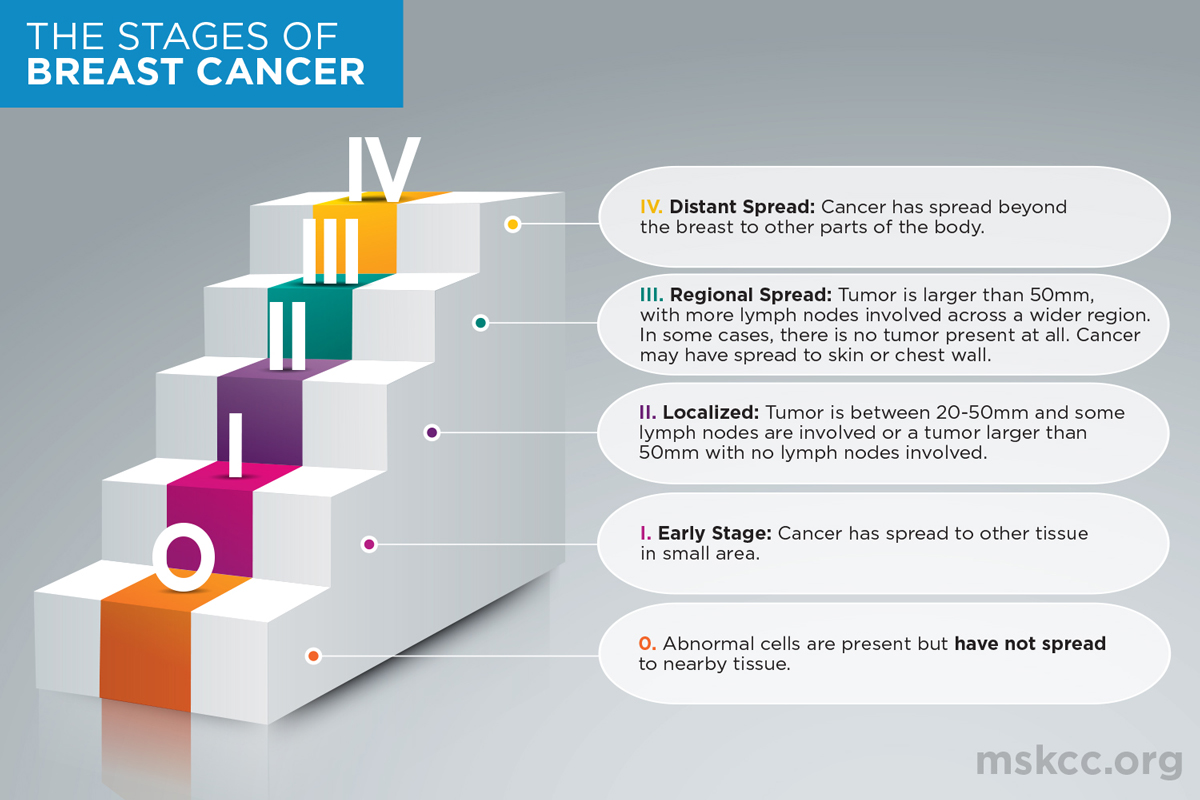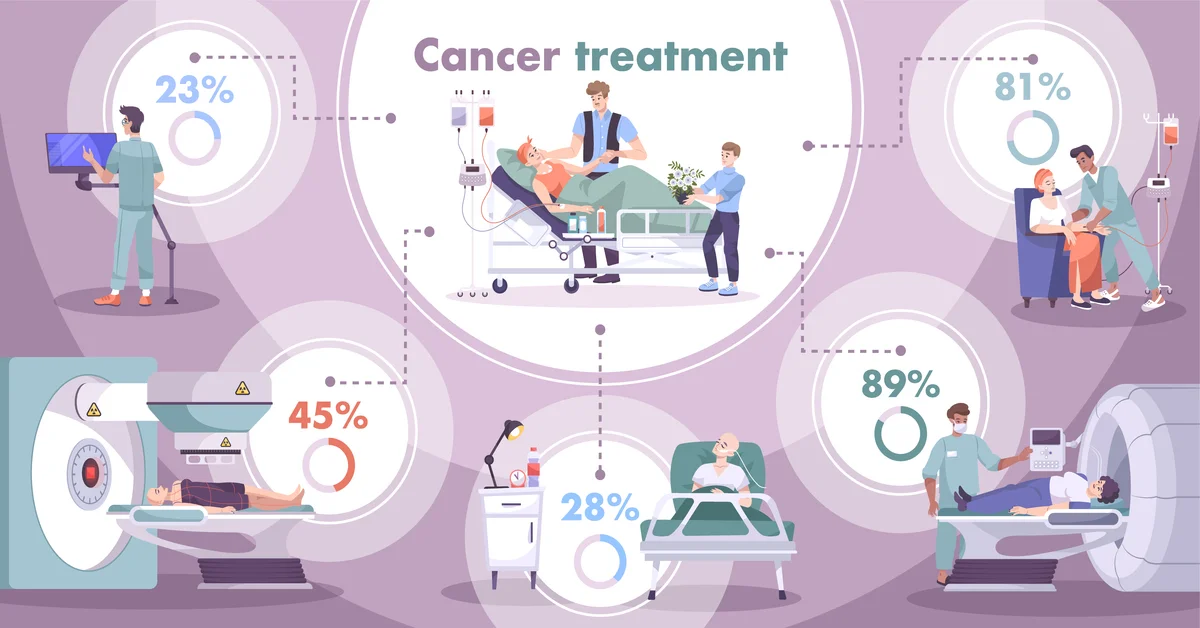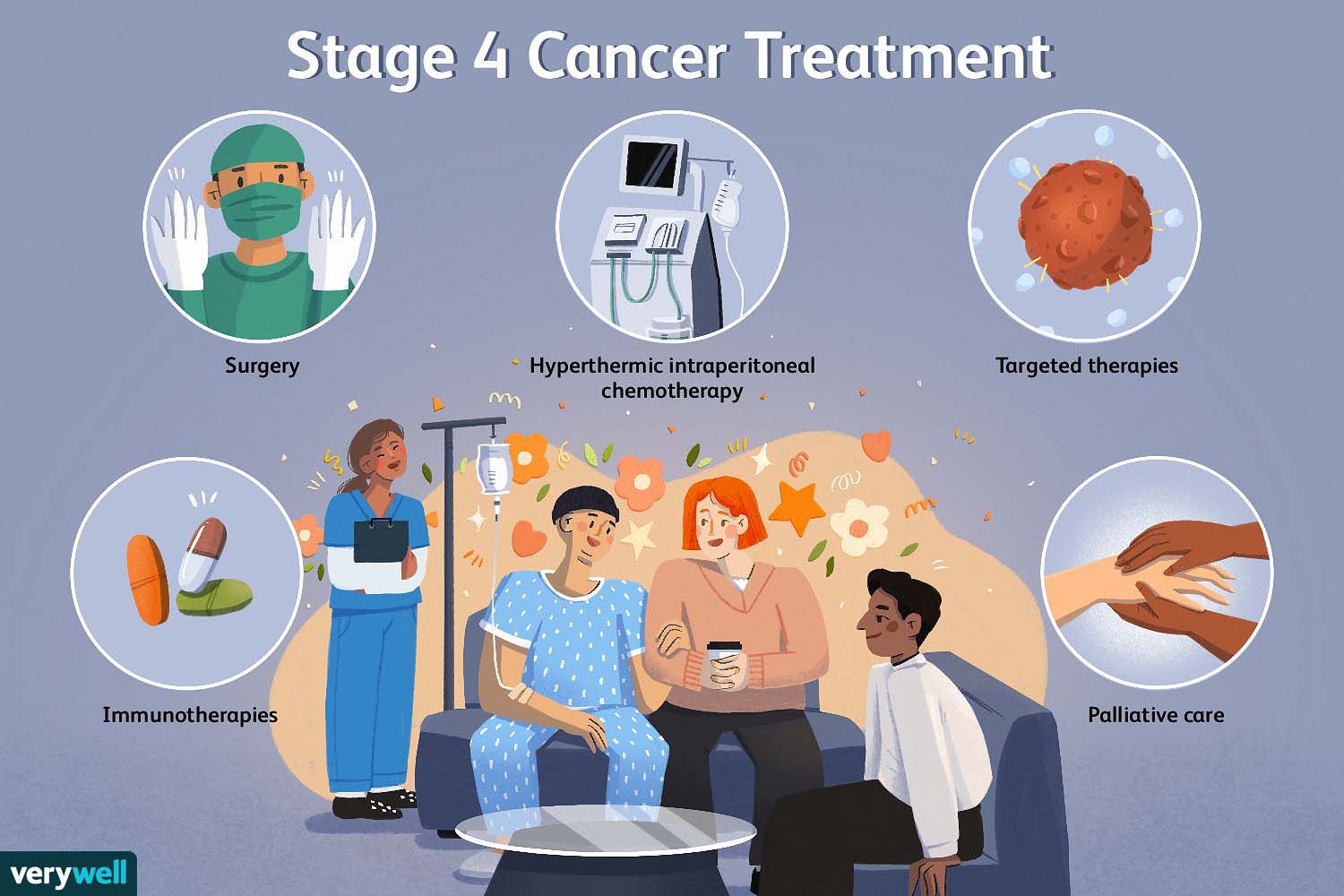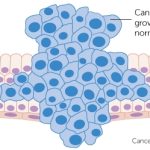
What cancer staging is
Staging is a way of describing the size of a cancer and how far it has grown. When doctors first diagnose a cancer, they carry out tests to:
- check how big the cancer is
- whether it has spread into surrounding tissues
- whether it has spread to other parts of the body
Cancer staging may sometimes includes the grade  of the cancer. This describes how similar a cancer cell is to a normal cell.
of the cancer. This describes how similar a cancer cell is to a normal cell.
Why staging is important
Staging is important because it helps your treatment team to know which treatments you need.
Doctors may recommend a local treatment if your cancer is in just one place. This might be surgery or radiotherapy. This could be enough to get rid of the cancer completely. A local treatment treats only an area of the body.
But you might need treatment that circulates throughout the whole body if your cancer has spread. These are called systemic treatments and include:
- chemotherapy
- hormone therapy

- targeted cancer drugs

- immunotherapy

Cancer spread in the lymph nodes
Sometimes doctors aren’t sure if a cancer has spread to another part of the body or not. So they look for cancer cells in the lymph nodes  near the cancer.
near the cancer.
Cancer cells in these nodes is a sign that the cancer has started to spread. This is often called having positive lymph nodes. It means that the cells have broken away from the original cancer and got trapped in the lymph nodes. But it isn’t always possible to tell if they have gone anywhere else.
Adjuvant treatment
Adjuvant treatment means having treatment in addition to the main treatment for the primary cancer  . Doctors suggest adjuvant treatment if you have cancer cells in the lymph nodes. An example of this is having chemotherapy after surgery.
. Doctors suggest adjuvant treatment if you have cancer cells in the lymph nodes. An example of this is having chemotherapy after surgery.
The aim of adjuvant treatment is to kill any cancer cells that have broken away from the primary tumour.
Types of staging systems
There are 2 main types of staging systems for cancer. These are the TNM system and the number system.
The systems mean that:
- doctors have a common language to describe the size and spread of cancers
- doctors can compare treatment results between research studies
- different hospitals and clinics have standard treatment guidelines
Some blood cancers or lymph system cancers have their own staging systems.
The TNM staging system
The TNM staging system stands for Tumour, Node, Metastasis.
- T describes the size of the tumour
- N describes whether there are any cancer cells in the lymph nodes
- M describes whether the cancer has spread to a different part of the body
The system uses letters and numbers to describe the cancer.
T refers to the size of the cancer and how far it has spread into nearby tissue. It can be 1, 2, 3 or 4, with 1 being small and 4 large.
N refers to whether the cancer has spread to the lymph nodes. It can be between 0 and 3. 0 means that there are no lymph nodes containing cancer cells. And 3 means that there are lots of lymph nodes containing cancer cells.
M refers to whether the cancer has spread to another part of the body. It can either be 0 or 1. M0 means that the cancer hasn’t spread and M1 that the cancer has spread.
So for example a small cancer that has spread to the lymph nodes but not to anywhere else in the body may be T2 N1 M0. Or a more advanced cancer that has spread may be T4 N3 M1.
Sometimes doctors use the letters a, b or c to further divide the categories. For example, stage M1a lung cancer is a cancer that has spread to the other lung. Stage M1b lung cancer has spread to one other part of the body. Stage M1c lung cancer has spread to more than one part of the body.
The letter p is sometimes used before the letters TNM. For example, pT4. This stands for pathological stage. It means that doctors based the staging on examining cancer cells in the lab after surgery to remove a cancer.
The letter c is sometimes used before the letters TNM. For example, cT2. This stands for clinical stage. It means that the stage is based on what the doctor knows about the cancer before surgery. Doctors may look at your tests results and use the information from examining you.
Number staging systems
Number staging systems use the TNM system to divide cancers into stages. Most types of cancer have 4 stages, numbered from 1 to 4. Doctors often write the stage down in Roman numerals. So they may write stage 4 as stage IV.
Here is a brief summary of what the stages mean for most types of cancer:
Stage 1 usually means that a cancer is small and contained within the organ it started in
Stage 2 usually means that the tumour is larger than in stage 1 but the cancer hasn’t started to spread into the surrounding tissues. Sometimes stage 2 means that cancer cells have spread into lymph nodes close to the tumour. This depends on the particular type of cancer
Stage 3 usually means the cancer is larger. It may have started to spread into surrounding tissues and there are cancer cells in the lymph nodes nearby.
Stage 4 means the cancer has spread from where it started to another body organ. For example to the liver or lung. This is also called secondary or metastatic cancer
Sometimes doctors use the letters A, B or C to further divide the number categories. For example, stage 3B cervical cancer.
Carcinoma in situ
Carcinoma in situ is sometimes called stage 0 cancer or ‘in situ neoplasm’. It means that there is a group of abnormal cells in an area of the body. The cells may develop into cancer at some time in the future. The changes in the cells are called dysplasia. The number of abnormal cells is too small to form a tumour.
Some doctors or researchers call these cell changes ‘precancerous changes’ or ‘non invasive cancer’. But many areas of carcinoma in situ will never develop into cancer. So some doctors feel that these terms are inaccurate and they don’t use them.
Because these areas of abnormal cells are still so small they are usually not found unless they are somewhere easy to spot, for example in the skin. A carcinoma in situ in an internal organ is usually too small to show up on a scan. But tests used in cancer screening programmes can pick up carcinomas in situ in the breast or the neck of the womb (cervix).






